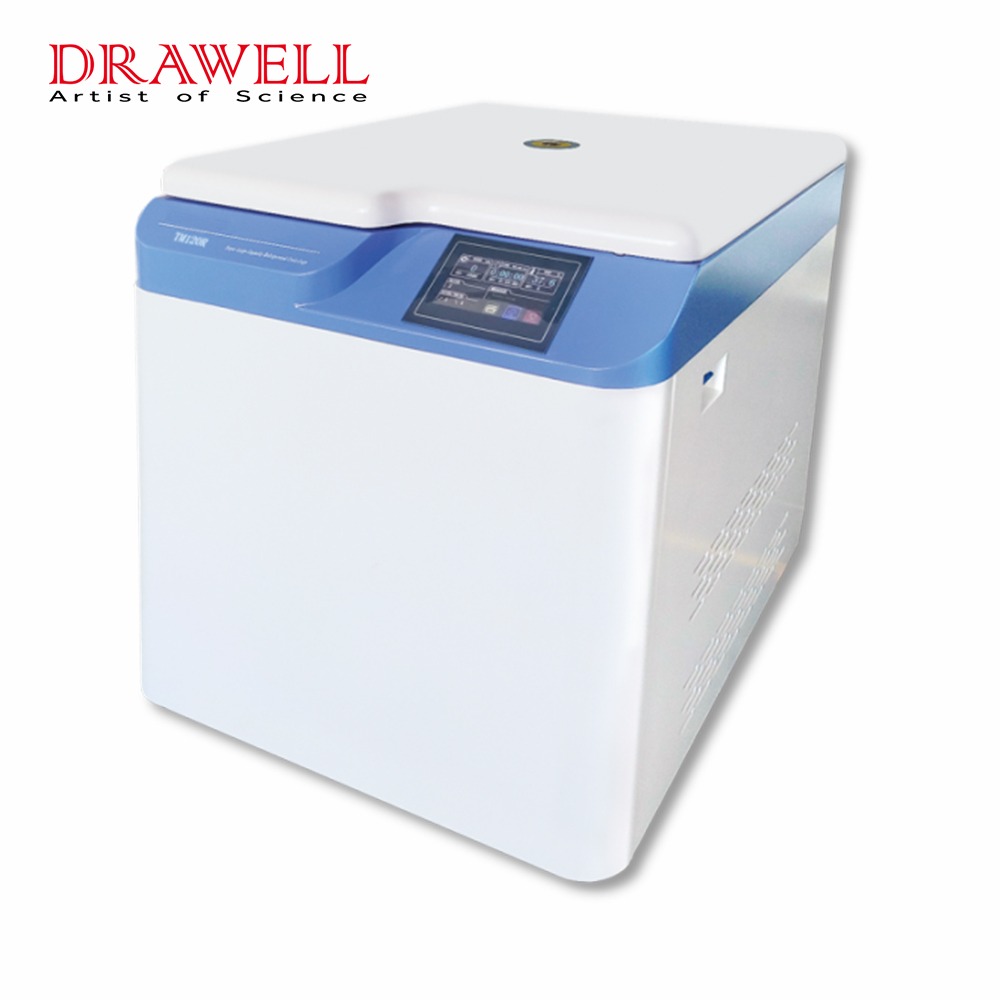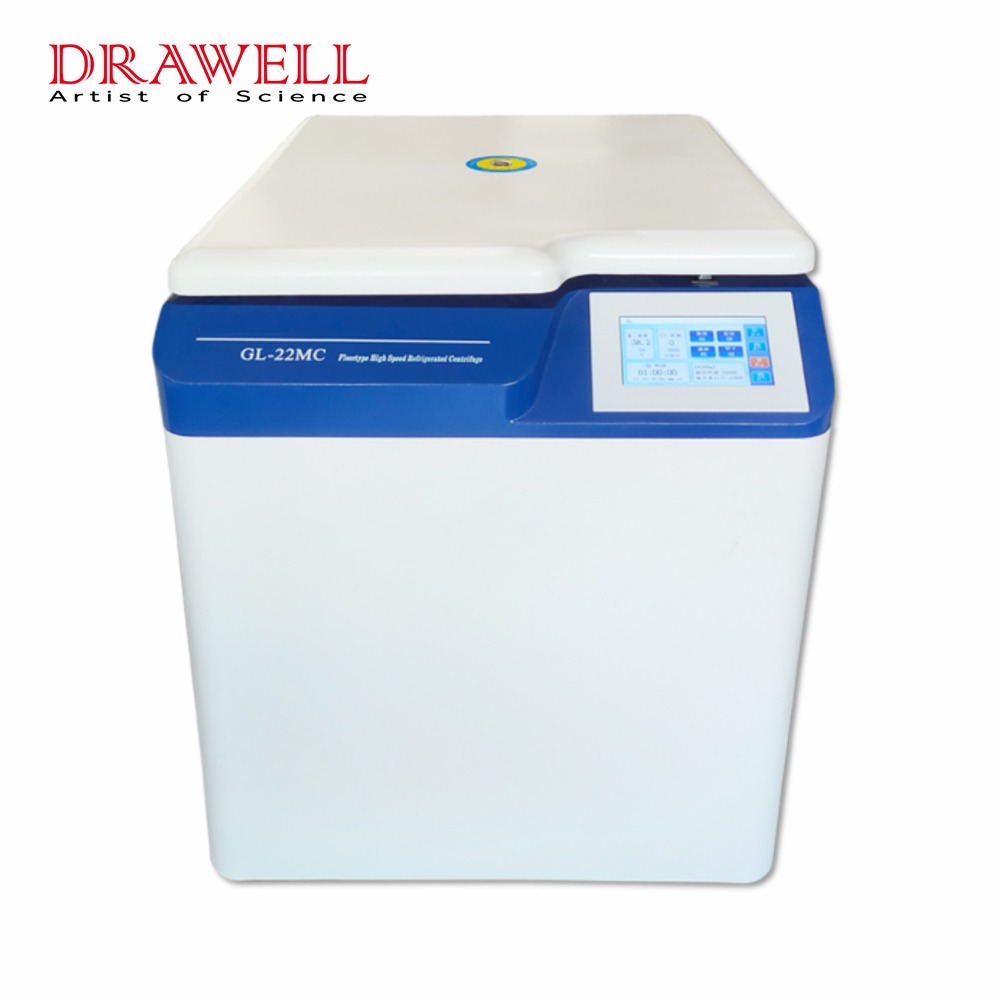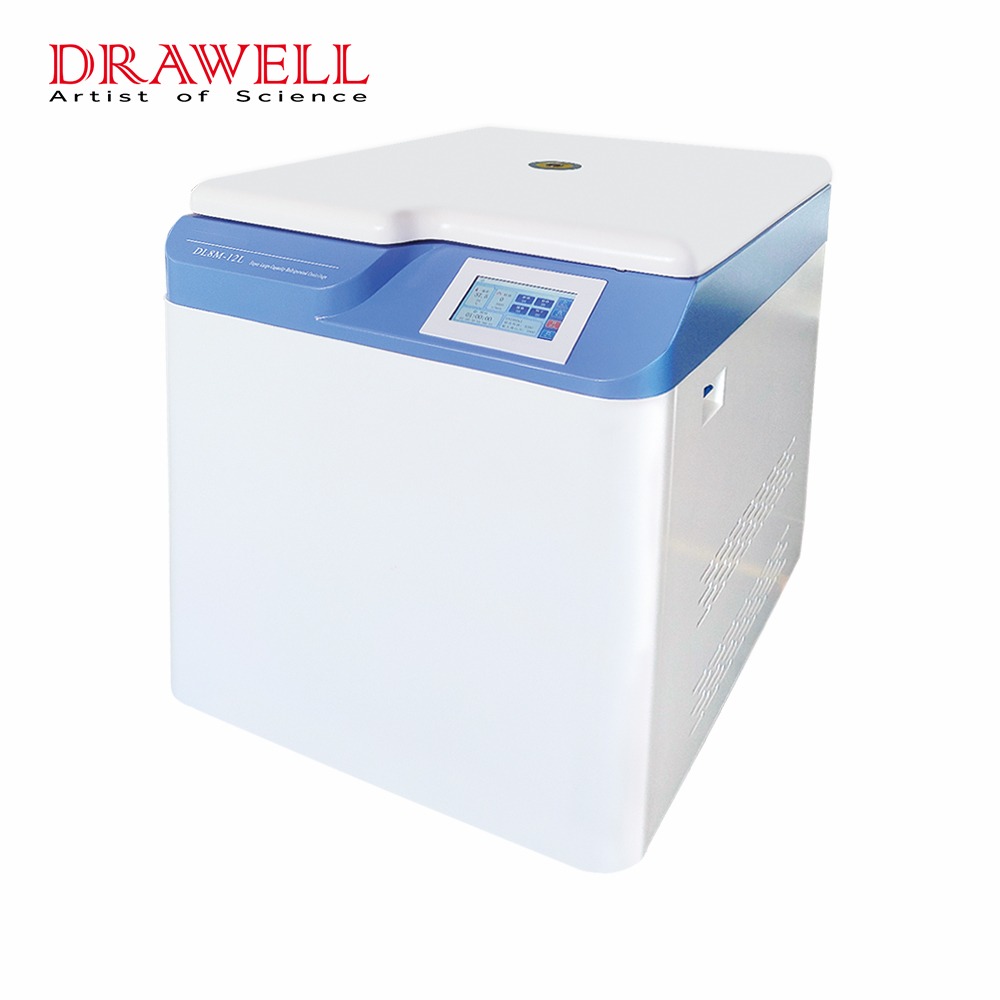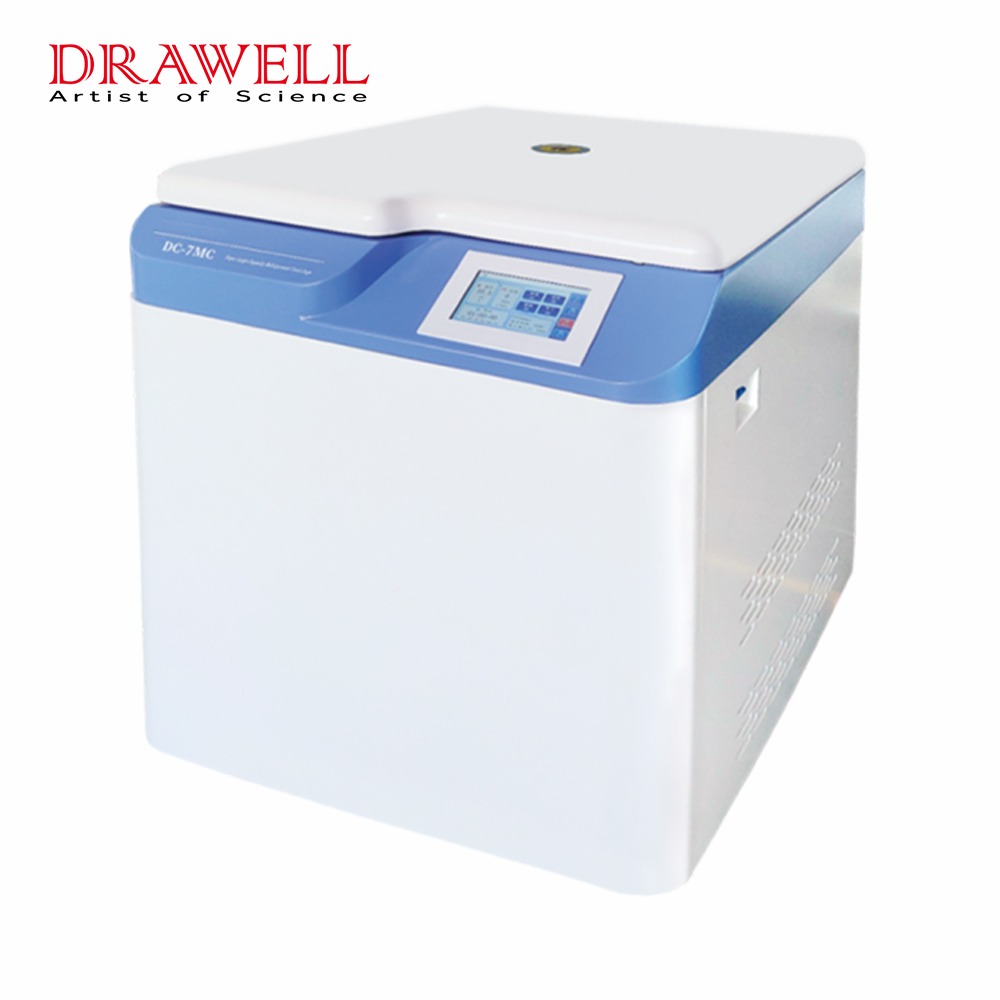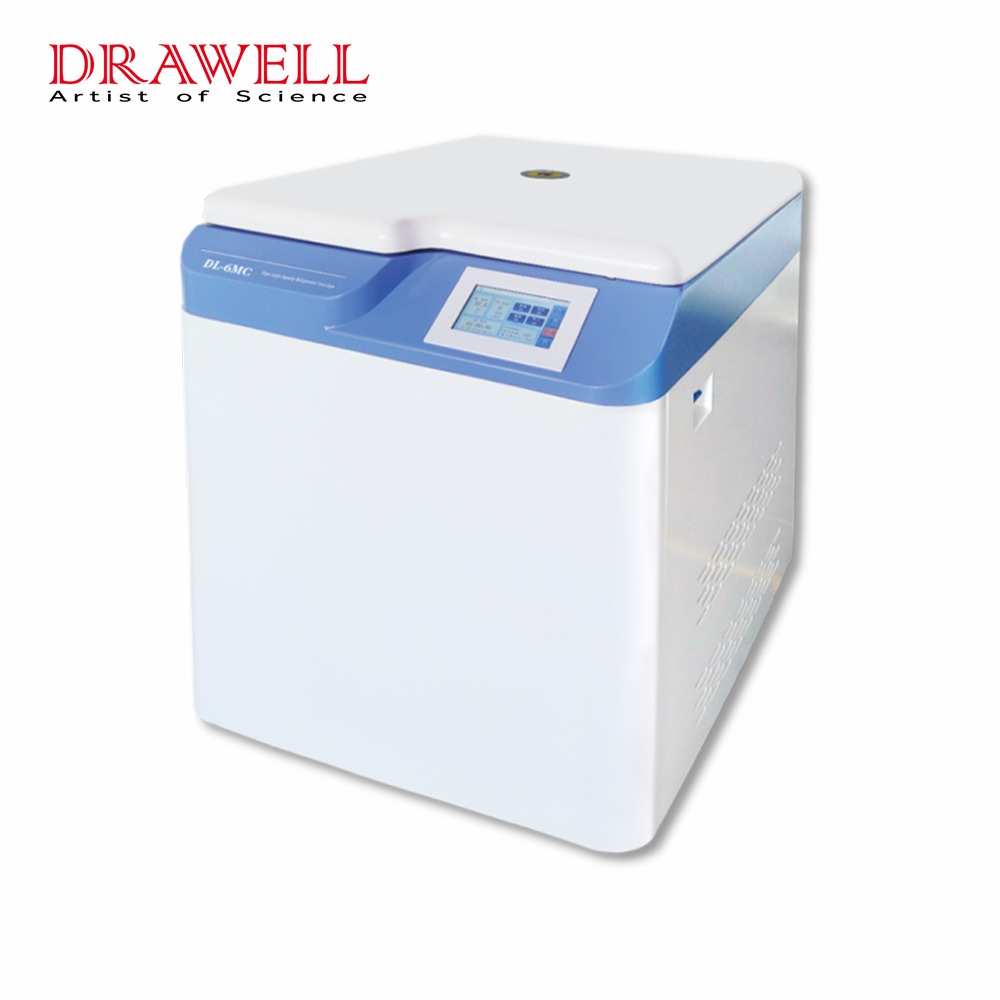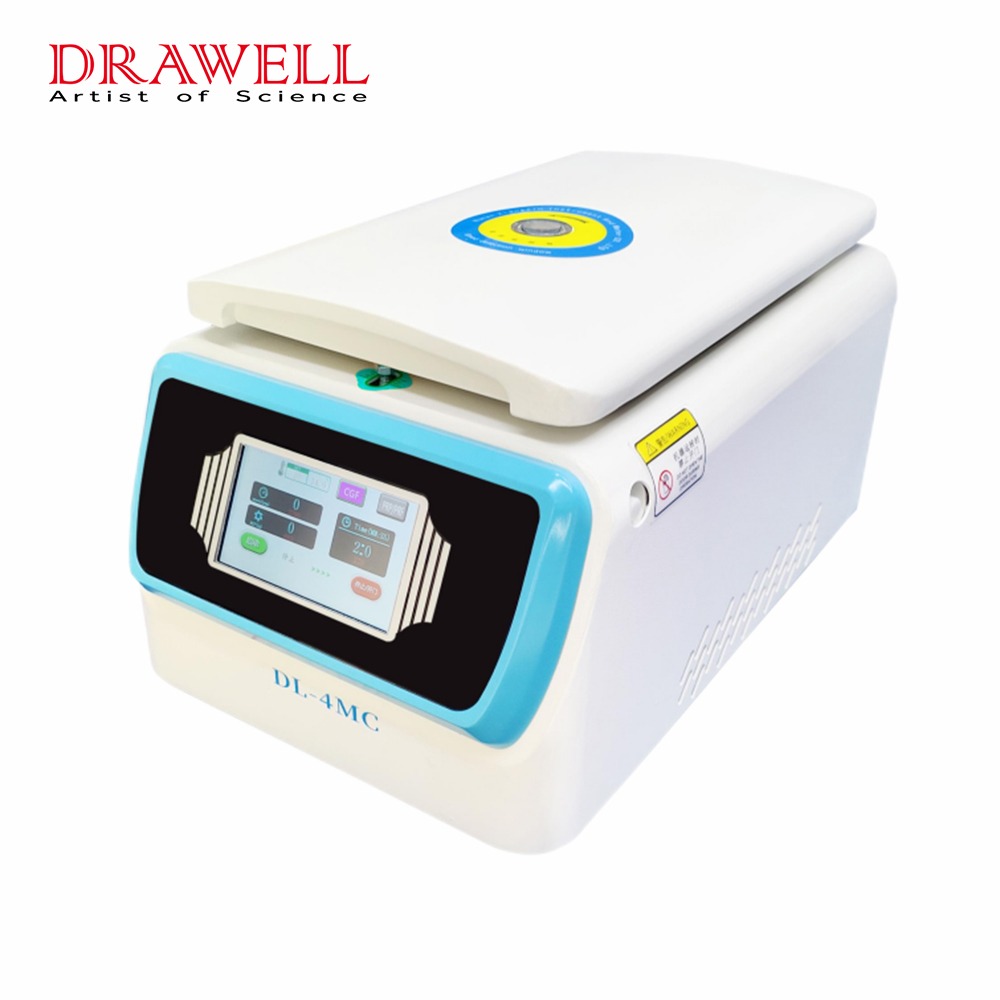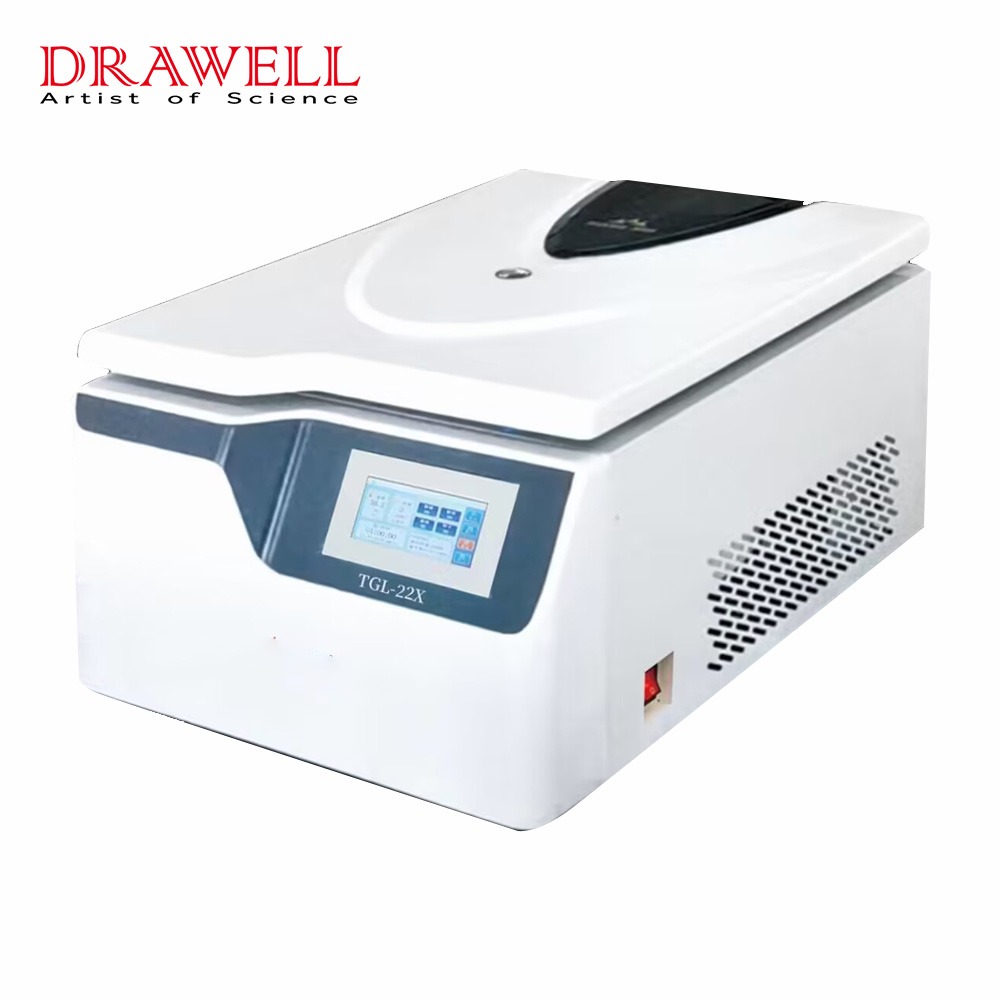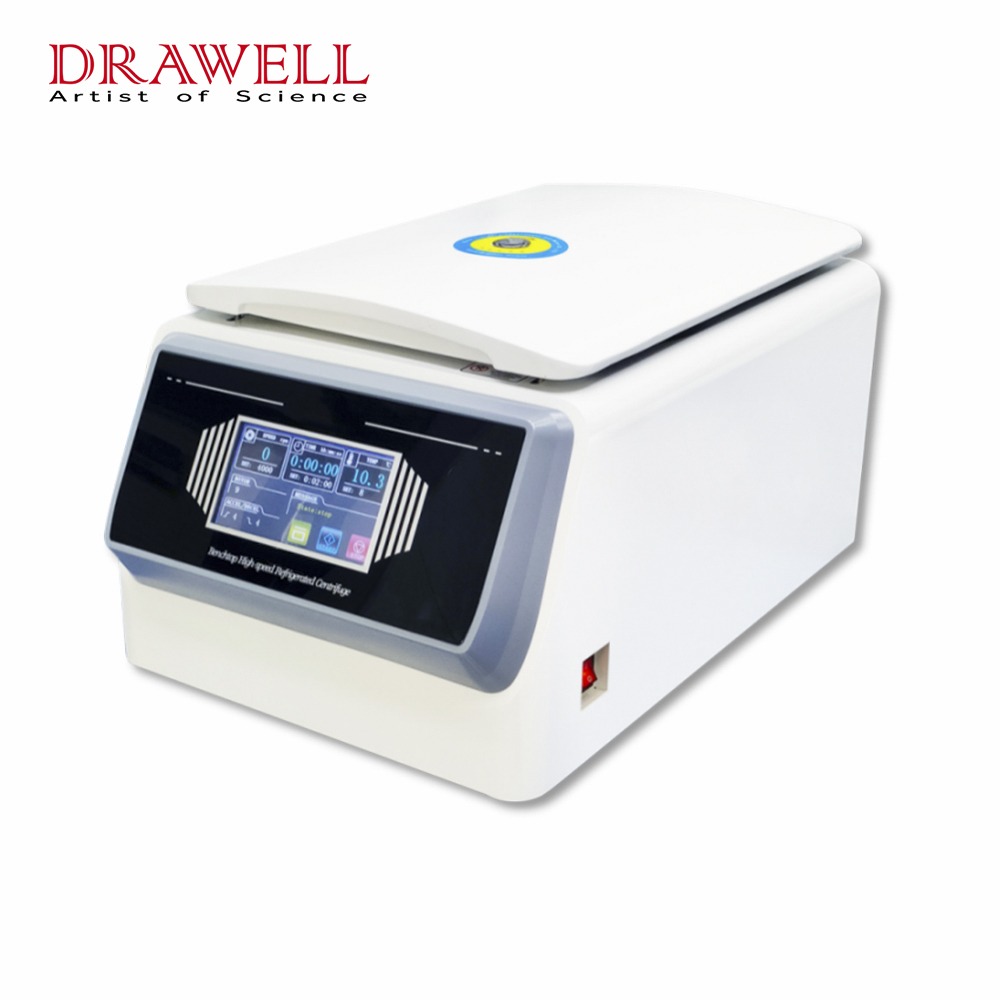Centrifuges are vital laboratory equipment used for various separation and purification applications. They come in different types, sizes, and capacities, but all perform the same basic function of separating materials based on their density. As with any equipment, the service life of a centrifuge depends on how well it is maintained and cared for. In this article, we will discuss some precautions and useful tips when using a centrifuge.
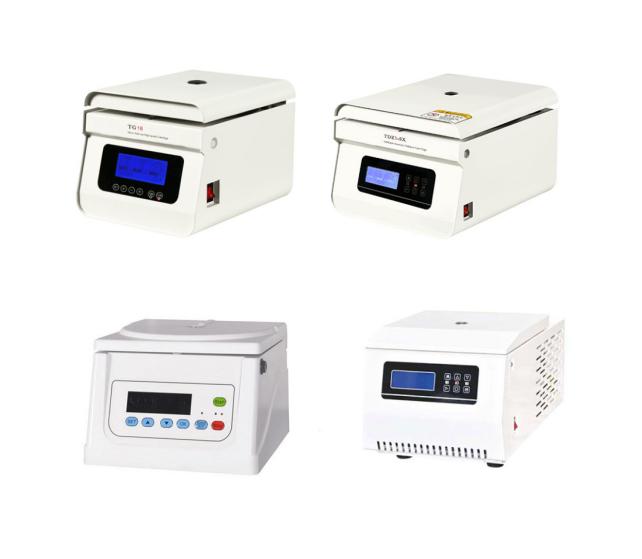
What Are the Safety Precautions When Using a Centrifuge
When working with centrifuges, it is essential to prioritize safety to prevent accidents and injuries. Here are some centrifuge safety precautions to keep in mind:
- Use appropriate personal protective equipment (PPE): Wear appropriate PPE, such as gloves, lab coat, safety glasses or goggles, and closed-toe shoes.
- Balance the rotor: Ensure that the rotor is balanced before running the centrifuge. An unbalanced rotor can cause the centrifuge to vibrate or even break apart, which can be dangerous.
- Use appropriate speed and time settings: Use the appropriate speed and time settings for the samples being processed. Exceeding the maximum speed or time can cause the centrifuge to overheat or even explode.
- Use appropriate containers and adapters: Use appropriate containers and adapters for the samples being processed. Improperly sized or fitted containers can cause the samples to spill or the centrifuge to malfunction.
- Avoid opening the centrifuge during operation: Do not open the centrifuge while it is running. Wait until it has come to a complete stop before opening the lid.
- Avoid using damaged or worn equipment: Do not use damaged or worn equipment, such as rotors, adapters, or centrifuge tubes. This can cause the centrifuge to malfunction and result in injury or damage.
- Be aware of chemical hazards: Be aware of any chemical hazards associated with the samples being processed, and take appropriate precautions, such as using a fume hood or working in a well-ventilated area.
Overall, it is important to follow the manufacturer’s instructions and observe appropriate safety protocols when using a centrifuge. This will help to ensure that the equipment operates properly and that users remain safe while handling samples. But we cannot avoid meeting some problems. Know how to deal with them may help us a lot.

How to Troubleshoot Common Problems When Using a Centrifuge
Centrifuges can experience various issues that can affect their performance and accuracy. Here are some common problems and possible solutions for troubleshooting a centrifuge:
- Vibrations or shaking
If the centrifuge is vibrating excessively or shaking during operation, check that the rotor is properly balanced and that the sample tubes are evenly loaded. If the problem persists, the rotor may be damaged or the centrifuge may need to be serviced.
- Noise
Unusual or excessive noise during operation can indicate an issue with the motor or bearings. Check for any loose components or signs of wear and tear, and contact a service technician if necessary.
- Failure to start or spin
If the centrifuge does not start or spin, check that the power cord is plugged in and the power switch is turned on. If the problem persists, there may be an issue with the motor or the centrifuge may need to be serviced.
- Temperature issues
If the centrifuge is overheating or not maintaining the desired temperature, check that the ambient temperature is within the recommended range and that the ventilation system is functioning properly. If the problem persists, there may be an issue with the thermostat or temperature control system.
- Leaks or spills
If there are leaks or spills from the centrifuge, check that the sample tubes are properly sealed and that the centrifuge is level. If the problem persists, there may be an issue with the rotor or centrifuge chamber, and the centrifuge may need to be serviced.
- Error messages
If the centrifuge displays error messages or codes, consult the manufacturer’s user manual for troubleshooting guidance or contact the manufacturer for assistance.
It is important to follow the manufacturer’s instructions and safety protocols when troubleshooting a centrifuge and to contact a service technician if the issue cannot be resolved or if there is any doubt about the safety of the equipment.
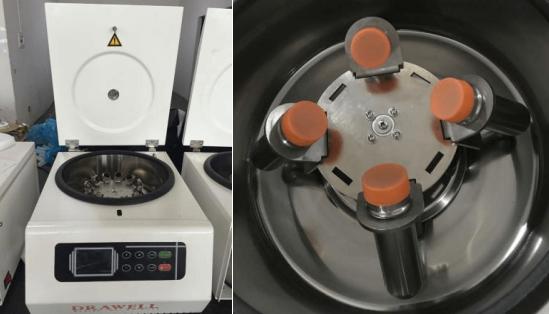
How to Do the Work of Maintenance and Cleaning When Using a Centrifuge
Proper maintenance and cleaning of a centrifuge are important to ensure optimal performance and extend the life of the instrument. Here are some general tips on how to maintain and clean a centrifuge:
- Regularly clean the exterior of the centrifuge with a soft cloth and mild detergent. Avoid using abrasive materials or harsh chemicals that may damage the instrument.
- Check the rotor and buckets for signs of wear or damage. Replace any damaged parts immediately to avoid compromising the safety or performance of the instrument.
- Lubricate the moving parts of the centrifuge as recommended by the manufacturer. Use only the lubricants specified by the manufacturer, and avoid over-lubricating.
- Regularly inspect the seals and gaskets on the centrifuge to ensure they are in good condition and free from cracks or leaks.
- Clean the rotor and buckets after each use to prevent the buildup of debris or residue. Use a mild detergent and warm water to clean the rotor and buckets, and dry them thoroughly before reassembling.
- Run a self-diagnostic test on the centrifuge at regular intervals to ensure it is operating within the correct parameters. Refer to the manufacturer’s instructions for specific testing procedures.
- Keep the centrifuge in a clean and dry environment, and avoid exposing it to extreme temperatures or humidity.
In conclusion, proper maintenance and care are essential to prolonging the service life of a centrifuge. Routine inspections, cleaning, and lubrication are necessary to prevent damage and maintain optimal performance. Regular calibration and verification of the centrifuge speed and temperature are also critical to ensure accurate and reliable results.

